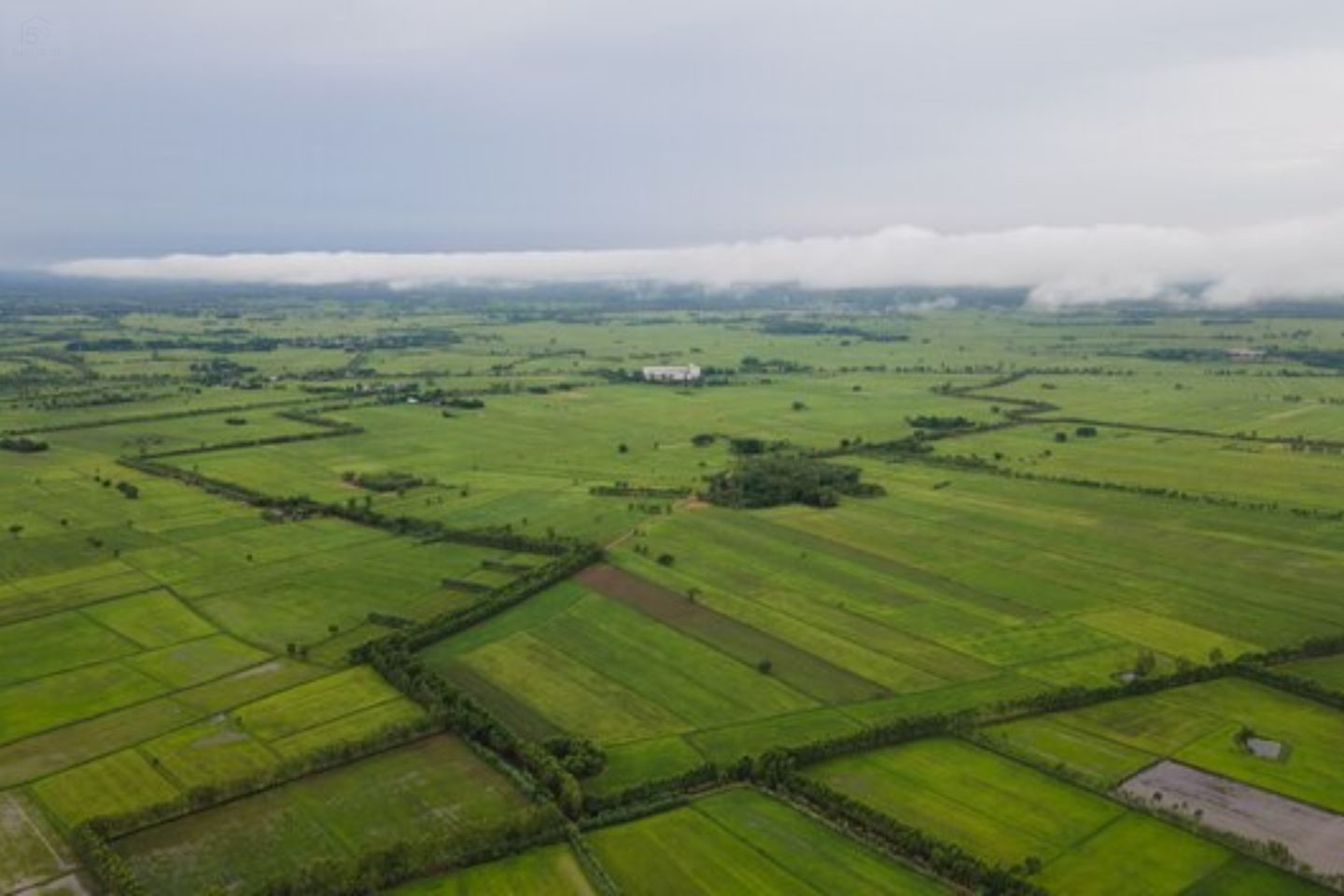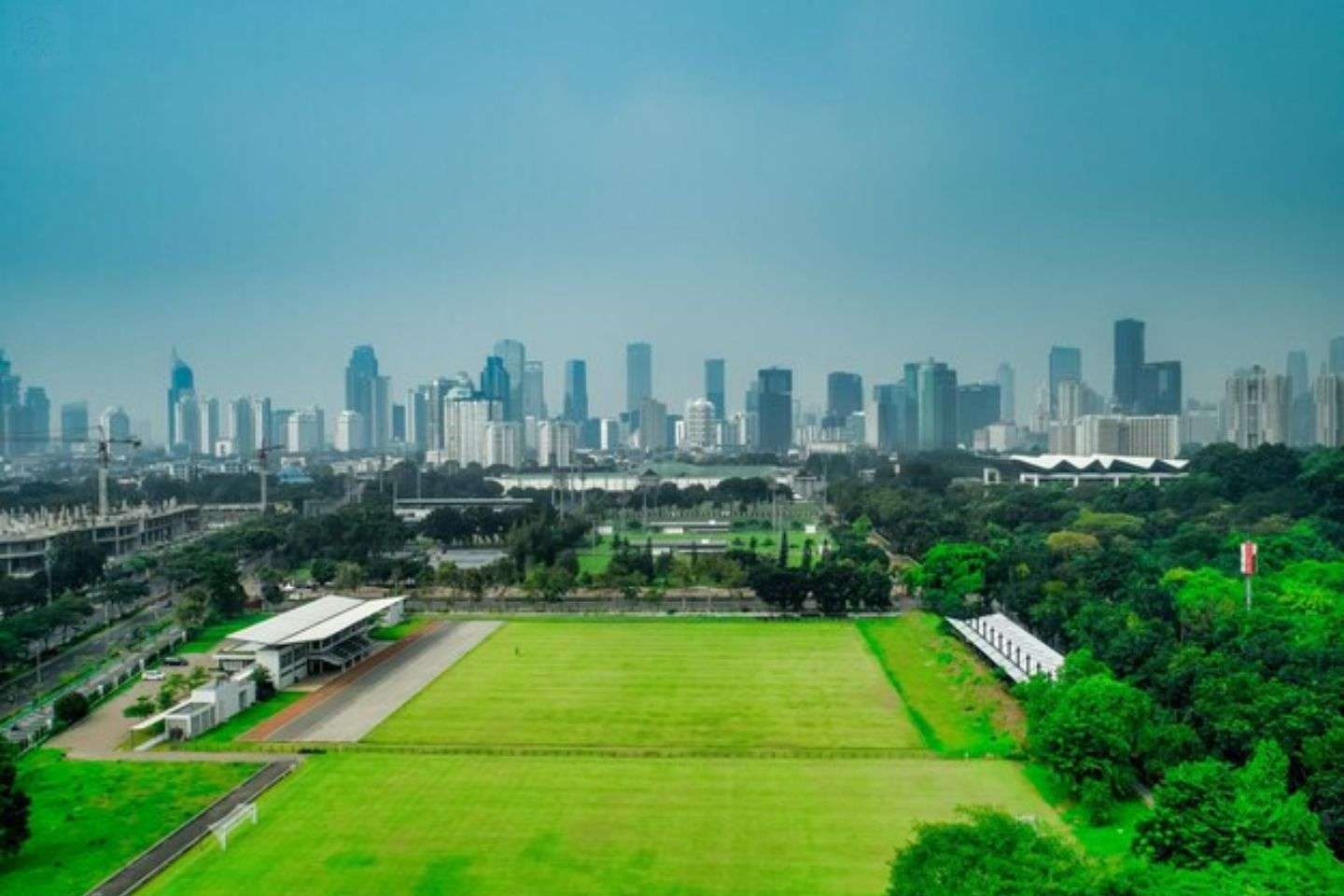When people start exploring real estate options, they often notice a clear difference between the prices of agricultural land and residential land. Agricultural land is usually much cheaper, while residential land costs more, even if the size is smaller. But why does this price gap exist?
The answer lies in land use, demand, development potential, and government rules. In this blog, we will explain in simple words why agricultural land is cheaper than residential land and how buyers can choose wisely between the two.
Key Difference Between Agricultural and Residential Land
Before we dive into the reasons for the price gap, let’s first understand the basic difference between the two:
Agricultural Land:
- Mainly used for farming, cultivation, or related rural activities.
- It cannot be directly used for building homes or commercial projects without proper government approval.
- Located mostly in villages or the outskirts of towns.
Residential Land:
- Legally approved for building houses, apartments, or societies.
- Found in cities, towns, and planned colonies.
- Comes with road access, electricity, water, and drainage facilities.
This difference in use and development permission is the main reason residential land costs more.
Why Agricultural Land Is Cheaper Than Residential
- Limited Development Permission: Agricultural land cannot be used for housing or business purposes unless it is legally converted into residential land. This process requires approval from government authorities and involves charges. Because of these restrictions, the demand for agricultural land is lower, keeping its price cheaper.
- Location Factor: Most agricultural land is located away from city centers, closer to villages and open areas. Residential land, on the other hand, is usually found in developed locations with schools, hospitals, and markets nearby. Since location is a big factor in real estate pricing, residential plots cost more.
- Demand and Supply: More people want to buy residential plots because they want to build homes or invest for higher returns. The demand for residential land for sale in Haryana is much higher than that for agricultural land, which automatically pushes the prices up.
- Infrastructure Availability: Residential areas have better infrastructure, like roads, drainage, water supply, electricity, and security. Agricultural land does not usually have these facilities, making it less expensive.
- Government Regulations: The government often imposes strict rules on how agricultural land can be used. It is mainly reserved for farming, so investors cannot easily convert it into housing. This restriction reduces its value compared to residential land.
- Investment Value: Residential land grows in price faster than agricultural land because of urban expansion. Since agricultural land does not appreciate as quickly, it is sold at a lower cost.
Benefits of Agricultural Land
Even though agricultural land is cheaper, it has its own advantages:
- Good option for farming and organic cultivation.
- Long-term investment for future urban expansion.
- Large plots are available at low cost.
- Lower property taxes compared to residential land.
For buyers looking at Agricultural land for sale in Haryana, it can be a smart choice if the goal is farming or holding land for future appreciation.
Benefits of Residential Land
Residential land is more expensive but offers clear benefits:
- It can be used to build a home immediately.
- Located in developed areas with all facilities.
- Higher resale value in the future.
- Easy to rent out or sell.
This is why Residential land for sale in Haryana attracts families, builders, and investors.
Factors That Influence the Price Gap
- Urbanization: Cities are expanding, increasing demand for residential plots.
- Legal Approvals: Residential land comes with clear titles and approvals, making it costlier.
- Connectivity: Residential land is often near highways, metro stations, or markets.
- Usage Rights: Agricultural land has limited use, so fewer buyers are interested.
How to Choose Between Agricultural and Residential Land?
When deciding which land to buy, consider these points:
- Purpose: Do you want to build a home or use land for farming?
- Budget: Agricultural land is budget-friendly, while residential land is costly but offers faster returns.
- Future Growth: If the area is likely to become urban in the future, agricultural land could give good returns.
- Legal Process: Converting agricultural land into residential requires time and approvals.
Conclusion
The reason agricultural land is cheaper than residential land lies in its limited use, location, infrastructure gap, and lower demand. Residential plots cost more because they are approved for housing, have better facilities, and are in higher demand.
Both types of land have their own benefits, and the best choice depends on your goals, budget, and plans.
Frequently Asked Questions
Agricultural land is cheaper because it has limited usage, is often located away from cities, and does not come with facilities like water, electricity, or roads. Residential land, on the other hand, has more demand and better infrastructure, which increases its price.
Yes, agricultural land can be converted into residential land, but it requires legal permissions, government approvals, and payment of conversion charges.
It depends on your purpose. If you want to build a house soon, residential land is the better choice. If you are looking for a low-cost investment or farming, agricultural land may suit you.
Residential land usually provides faster returns because of higher demand in urban areas. Agricultural land can also give good returns in the long term if the location develops in the future.
Yes, it can be safe if you check all legal documents, verify ownership, and make sure the land is free from disputes before buying.












Join The Discussion